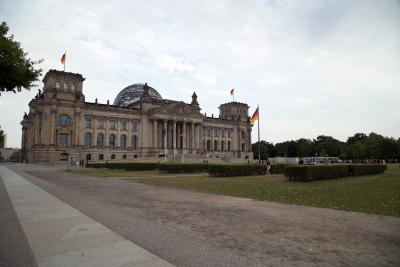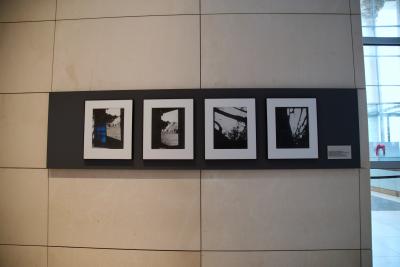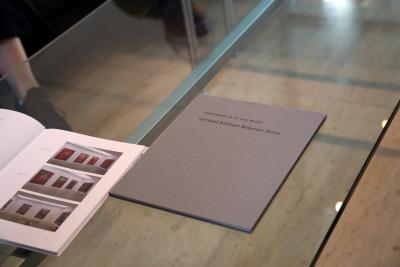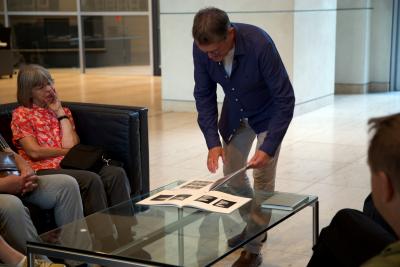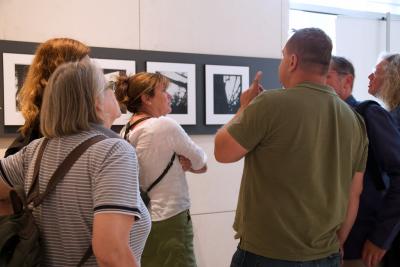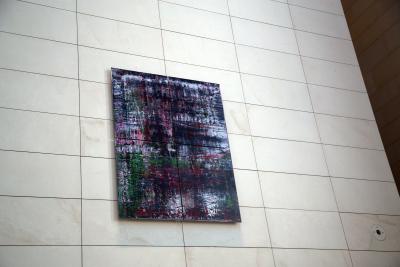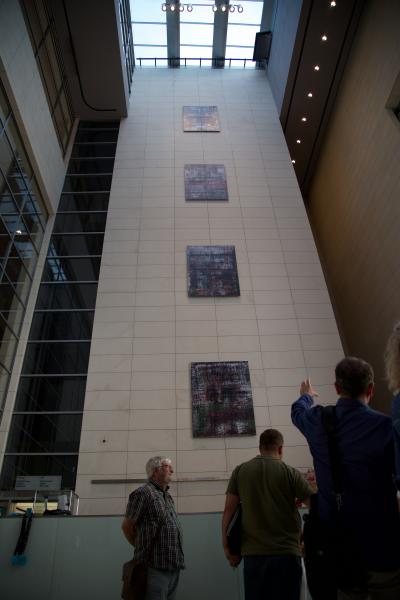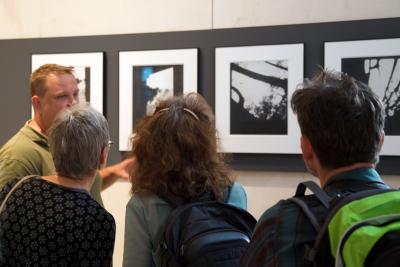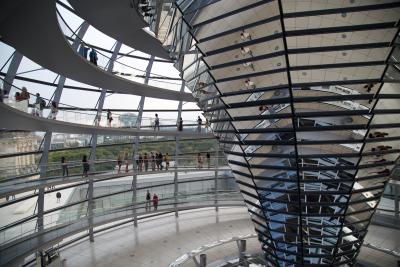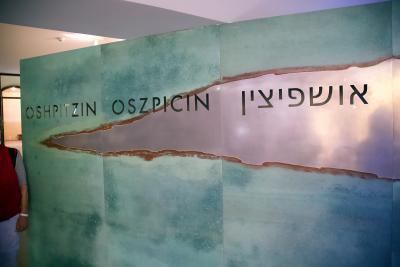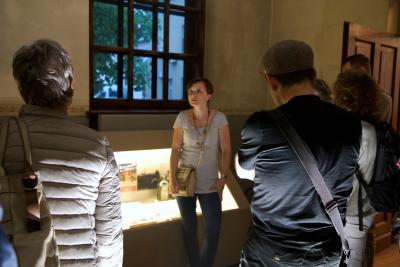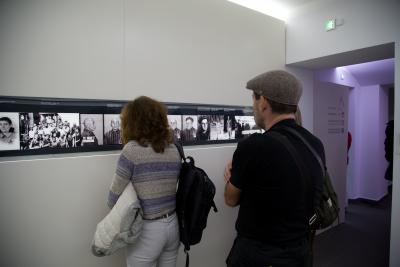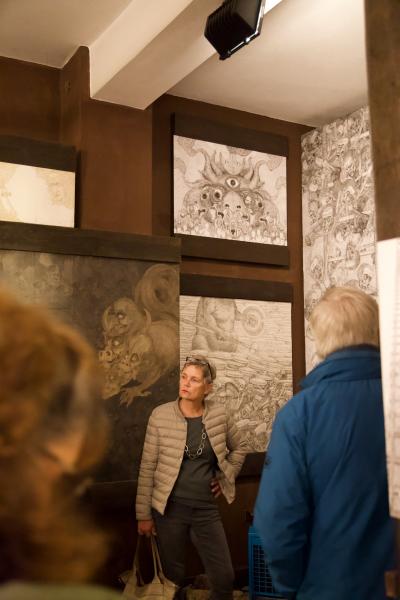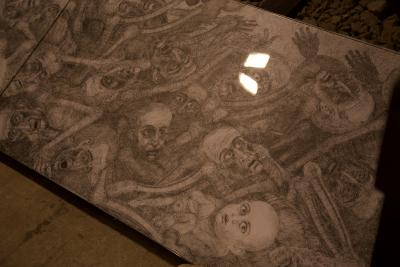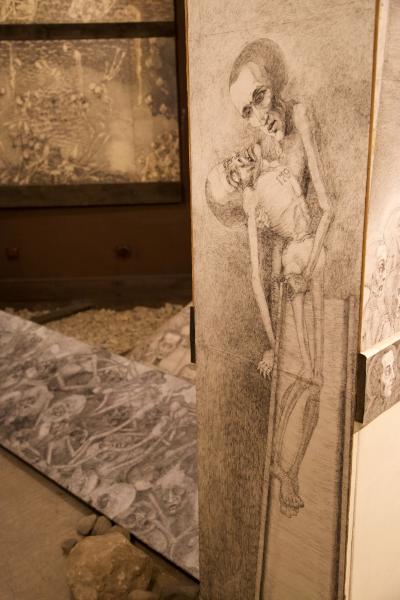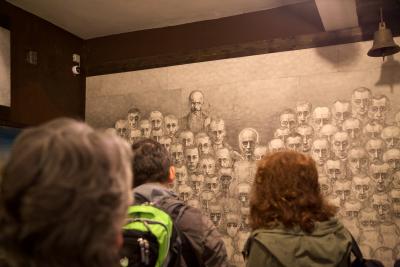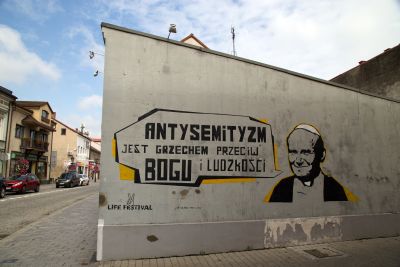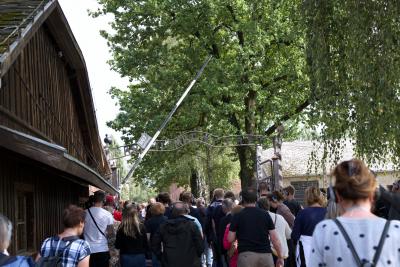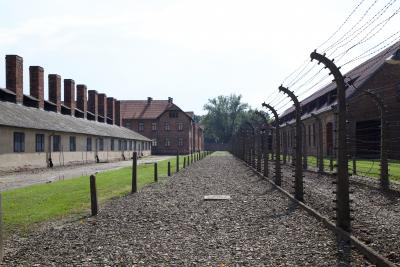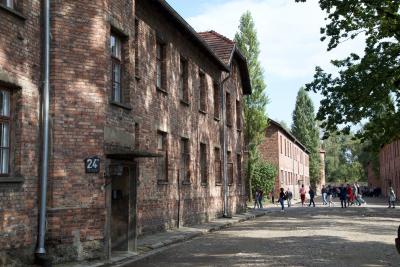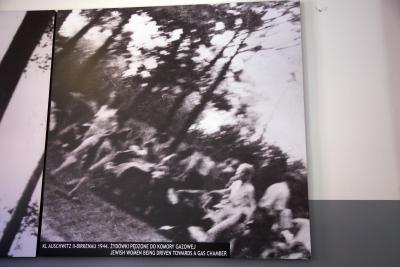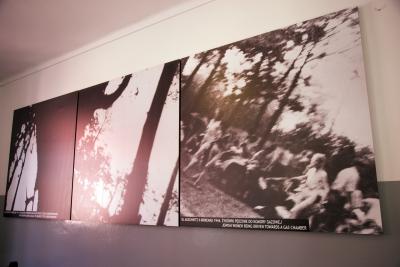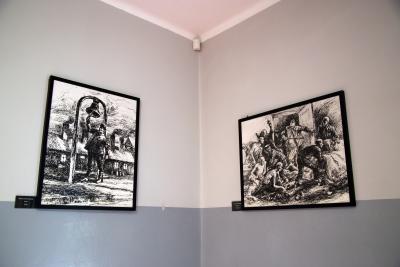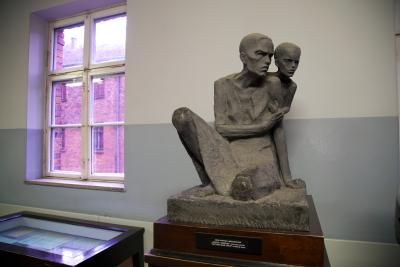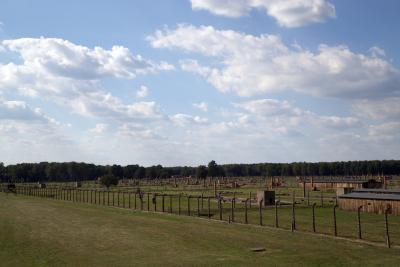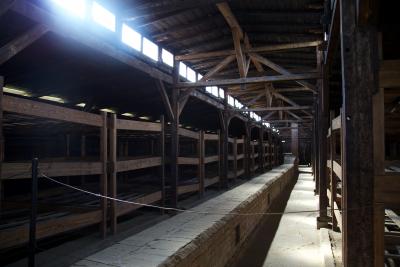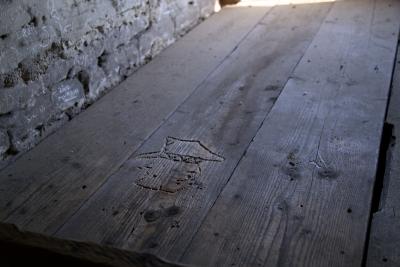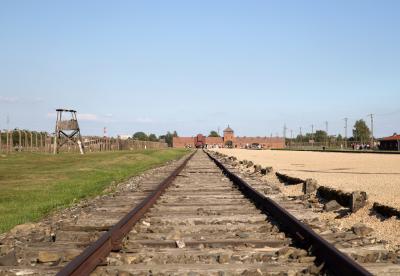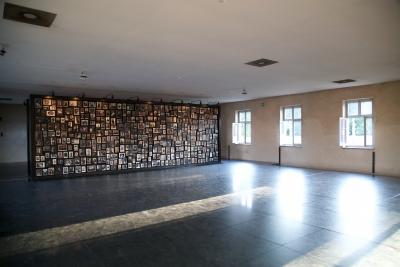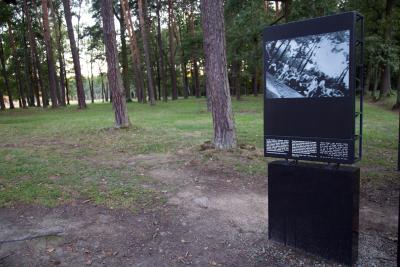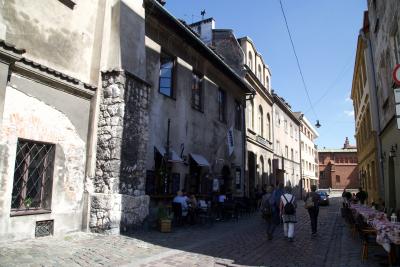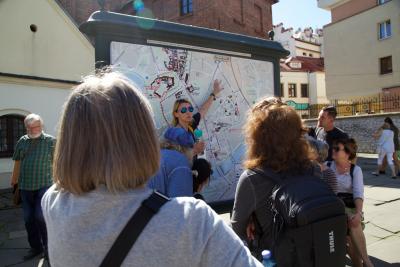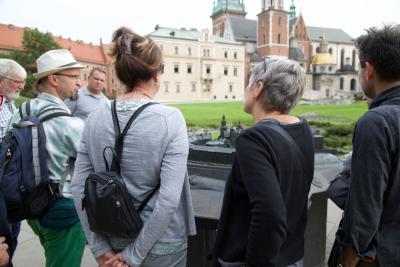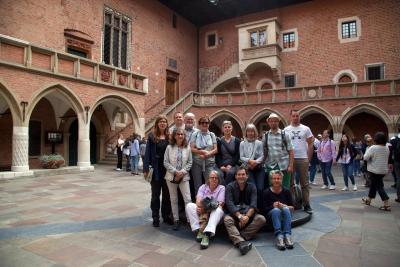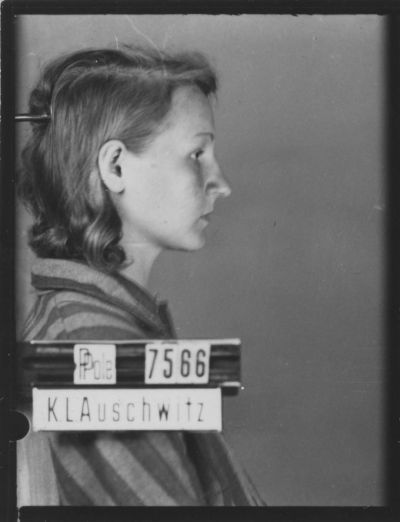On the trail of art after the horrors of Auschwitz. Dispatches from a study trip.

Overall, the group spent three days in Oświęcim and in Auschwitz-Birkenau. The many impressions gained throughout the trip were dissected during the discussions every evening which were, of course, about art but also about the memorials, like the Auschwitz-Birkenau concentration camp. But in general – just like in Berlin – the conversations were about how we deal with the memories of the Holocaust. Keywords, such as “histotainment”[11] were mentioned: The memorial in Auschwitz gets a lot of visitors. In view of the amount of people interested in seeing it, the group wondered what reasons people have for visiting the museum. Does historical consciousness have a part to play or is the Auschwitz-Birkenau State Museum just another “must-see” on the list of tourist activities for southern Poland? Who has access to historical knowledge and authentic locations anyway? Should we judge people who come with their family and (small) children and who can’t grasp the significance of the place? The discussions also turned to the type of exhibition, the structure and funding body of the memorial and to how the history at the authentic site, which is an emblem and symbol for the horror of the National Socialists, is transported. Contrary to the expectations of many in the group, the art exhibition in Hamęrze was able to showcase the horrors of Auschwitz much more vividly than the authenticity of the actual place. Of course, that doesn’t make it an either-or question between the authentic site and the art exhibition, but it does show the ability of art to move people emotionally.
Even greater than the question of what role the authentic site of Auschwitz plays, is the question posed right at the start in Berlin: Is art allowed to do that? What differentiates the works of Kołodziej and Richter? Whilst one had to go suffer Auschwitz himself, the other looks at the Holocaust with retrospective anguish. One wants to restore the identity of those affected and bear witness, the other wants to give solace. Whilst the images by Kołodziej create a vivid experience, it’s the context that’s crucial for the series of paintings by Richter. The consensus of the group was that the inherent message can only be understood when viewed alongside the photographs from 1944. So this then raises the question again as to how the Holocaust is to be commemorated in public spaces and what role the site has in doing this. Could Kołodziej’s pictures work outside the Centre as well? In the German Parliament, for example, instead of the Birkenau series? A heated discussion arose about the quality of artistic work, of the appropriateness of artworks on the subject of the holocaust and who decides what qualitative art is. Ultimately, they all agreed on the following: Everyone has to make their own decision as to whether art is able to broach the issue of Auschwitz.
[11] What’s meant here is the growing event culture around media with historical content.
